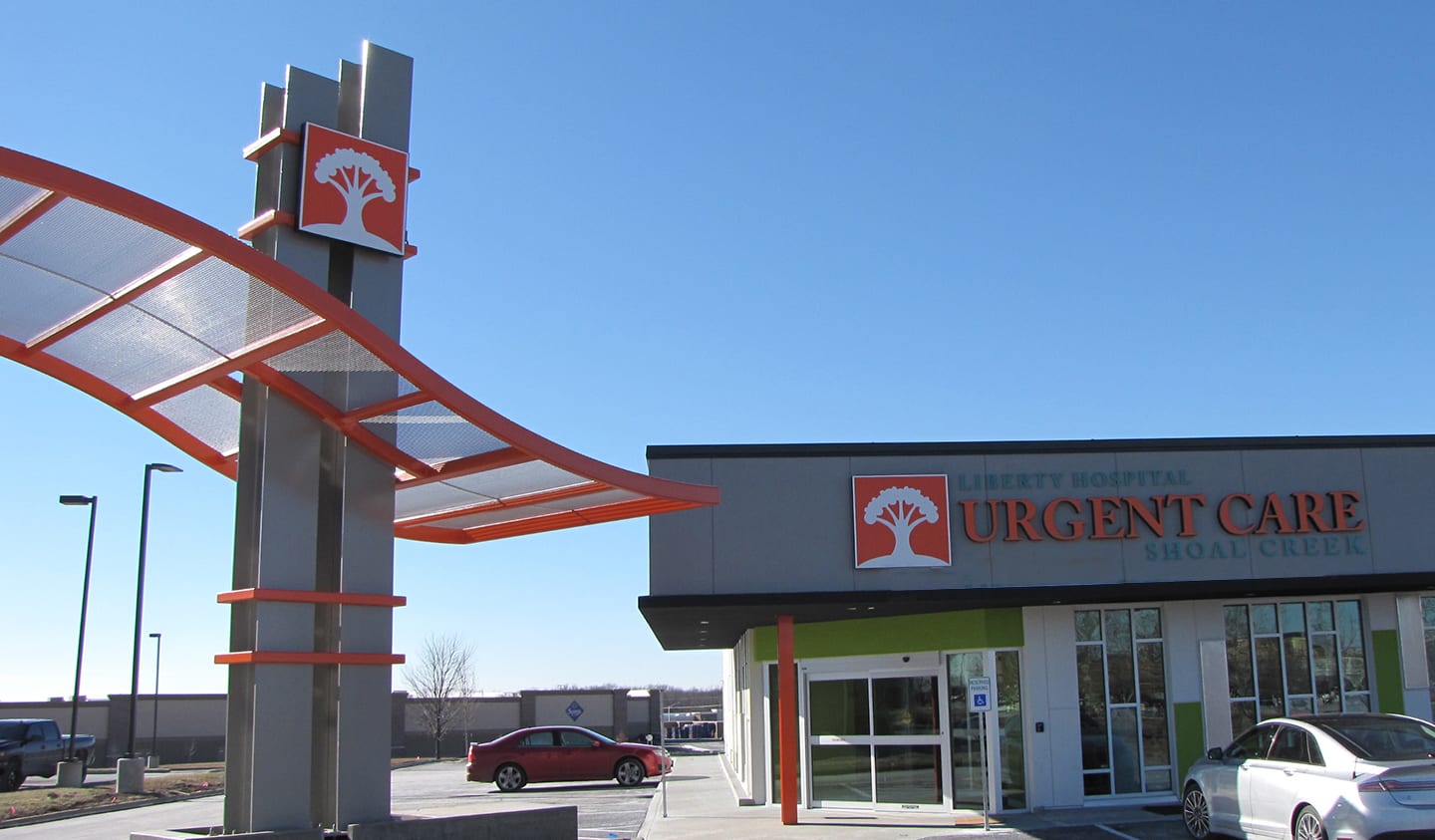How to Discover Reliable Urgent Care Clinics in Your Area
How to Discover Reliable Urgent Care Clinics in Your Area
Blog Article
Comprehending the Function of Urgent Care in Providing Timely Treatment for Non-Life-Threatening Problems
Immediate treatment facilities have emerged as an important component of the healthcare landscape, dealing with the instant requirements of individuals with non-life-threatening conditions. By providing available and timely medical services, these facilities efficiently connect the gap in between key care and emergency divisions. The implications of their duty prolong beyond plain benefit, prompting a more detailed assessment of when and how these facilities are used. Understanding the subtleties of urgent treatment might considerably impact person results and the overall performance of healthcare distribution. What elements add to their growing significance in modern medication?
What Is Urgent Care?
Urgent treatment refers to a classification of clinical solutions developed to resolve non-life-threatening conditions that need prompt attention. These centers work as an intermediary in between medical care medical professionals and emergency situation rooms, supplying a convenient choice for patients that need timely treatment without the substantial waiting times normally linked with emergency divisions.
Immediate treatment facilities are commonly staffed by medical professionals, including doctors, registered nurse professionals, and medical professional aides, that are educated to detect and deal with a wide array of conditions. Common services provided by these centers include treatment for minor injuries, diseases, and infections, in addition to diagnostic examinations such as X-rays and laboratory work.
The availability of immediate care is a crucial variable in its allure, as many facilities operate beyond regular office hours, including weekend breaks and nights. When their key care supplier might not be easily accessible, this extended schedule enables patients to get timely treatment. Additionally, immediate care facilities commonly accept walk-in people, eliminating the demand for visits. In general, immediate care plays an essential function in the healthcare system, making sure patients can access essential clinical solutions without delay and effectively.

When to look for care at an immediate care facility instead of a main care doctor or an emergency space,Many individuals might discover themselves unclear regarding. Immediate care is designed to address non-life-threatening conditions that call for timely focus yet are not severe enough to warrant an emergency room go to.
Typically, one need to think about immediate look after problems such as small fractures, sprains, cuts needing stitches, or infections like urinary system tract infections. Furthermore, cool or flu signs, breakouts, and allergic reactions can likewise be appropriately handled in this setup.
It is important to note that immediate treatment is not ideal for lethal emergency situations, such as chest pain, trouble breathing, or severe blood loss, which demand immediate emergency clinic intervention.
Individuals that do not have accessibility to a key care physician or can not protect a timely consultation might likewise gain from immediate treatment solutions. Ultimately, understanding when to utilize urgent care can cause a lot more reliable medical care distribution, permitting people to obtain the ideal degree of treatment based upon their details wellness demands.
Benefits of Urgent Care Centers
Picking urgent care facilities for non-life-threatening conditions uses a number of advantages that improve client experience and access. One key benefit is the decreased wait times compared to traditional emergency situation areas. Immediate treatment facilities usually operate look at these guys a first-come, first-served basis, allowing patients to obtain prompt clinical interest without the long delays typically connected with healthcare facility settings.
Additionally, immediate care centers give prolonged hours, including weekends and nights, fitting clients with varying timetables. This versatility ensures that people can seek treatment when it is most hassle-free for them, further advertising timely treatment.

In addition, these centers typically provide an extensive range of solutions, consisting of small treatments and diagnostic examinations, all under one roof covering. This loan consolidation of solutions not only simplifies the individual experience but additionally cultivates a more natural technique to managing non-life-threatening health and wellness problems, eventually profiting general patient outcomes.
Usual Problems Dealt With
At urgent care facilities, a variety of non-life-threatening problems can be successfully dealt with, offering individuals with easily accessible and prompt medical aid. These facilities are especially experienced at addressing concerns that require timely attention but do not pose a prompt danger to life or arm or leg.
Usual problems treated at urgent care centers include small injuries such as pressures, cracks, and strains. Urgent care facilities are outfitted to execute needed diagnostic examinations, such as X-rays and laboratory examinations, enabling them to offer comprehensive treatment.
Moreover, immediate care providers can carry out vaccinations, helping to stop the spread of infectious conditions - Urgent Care. They likewise use solutions for small treatments, such as suturing wounds or draining abscesses. By offering these varied services, immediate care centers play an important role in linking the space between key care and emergency situation solutions, making certain individuals receive prompt treatment for a wide variety of conditions without the demand for long wait times normally connected with emergency spaces
Exactly How Urgent Care Supports Healthcare System
Immediate treatment centers play an essential duty in sustaining the total health care system by relieving the problem on emergency divisions and giving timely accessibility to healthcare for non-life-threatening problems. By dealing with instances such as minor injuries, infections, view and illnesses, immediate treatment facilities enable emergency situation departments to concentrate on even more crucial patients needing prompt attention.
Additionally, immediate treatment centers improve medical care ease of access, using extensive hours and an easier choice to traditional health care settings. This availability is specifically beneficial for clients that might not have a normal medical professional or who require prompt treatment outside of typical workplace hours. Therefore, immediate care centers efficiently minimize boost and wait times patient fulfillment.
Furthermore, immediate treatment facilities add to cost savings for both patients and the health care system by news offering lower-cost services compared to emergency departments. This financial efficiency is essential in an era of climbing medical care prices, permitting individuals to get needed care without incurring excessively high expenditures.
Verdict
Finally, urgent care facilities play a crucial duty in the medical care system by providing timely treatment for non-life-threatening problems. By connecting the space between health care and emergency clinic, these facilities guarantee that patients obtain timely clinical focus without the prolonged delay times usually connected with emergency situation divisions. The ease of access and effectiveness of urgent care facilities contribute significantly to relieving the general concern on medical care sources, improving patient end results, and promoting an extra efficient medical care shipment system.
Immediate treatment centers have actually emerged as a crucial component of the medical care landscape, dealing with the prompt requirements of patients with non-life-threatening problems. Immediate care brows through normally sustain lower out-of-pocket expenditures contrasted to emergency division gos to, making treatment more inexpensive for people without compromising top quality. Urgent treatment facilities are geared up to do necessary diagnostic examinations, such as X-rays and research laboratory tests, allowing them to provide extensive treatment.
By offering these diverse services, immediate treatment facilities play a crucial duty in connecting the space in between key care and emergency services, making certain patients receive timely therapy for a wide variety of conditions without the requirement for lengthy delay times generally connected with emergency situation spaces.
In addition, immediate care centers enhance healthcare ease of access, using extended hours and a much more practical choice to traditional primary care settings.
Report this page